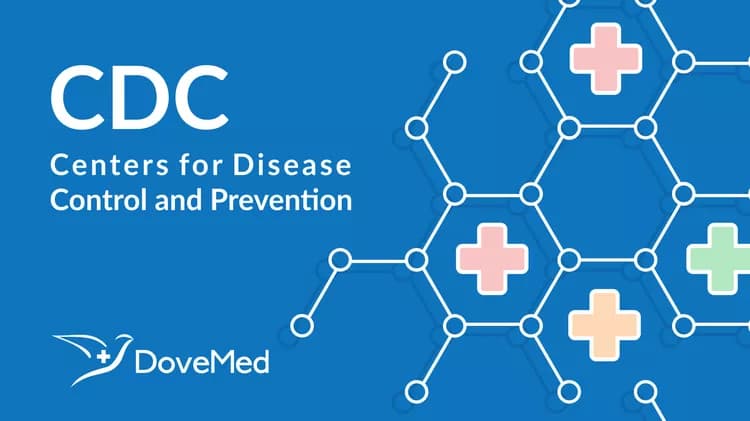
Rural Americans Less Likely To Wear Seat Belts, More Likely To Die In Crashes
Adult motor vehicle drivers and passengers in America’s most rural counties had motor-vehicle death rates 3 to 10 times higher than those in the most urban counties, according to data released today in CDC’s Morbidity and Mortality Weekly Report Rural Health Series.
Overall, the study found lower seat belt use, higher death rates, and a higher proportion of drivers and passengers who were not buckled up at the time of the fatal crash in rural areas of the nation.
“We know seat belts save lives,” said CDC Director Brenda Fitzgerald, M.D. “These findings remind us that no matter what kind of road you are traveling on, it is important for everyone to buckle up every time on every trip.”
CDC used data from the National Highway Traffic Safety Administration’s Fatality Analysis Reporting System (FARS) to identify passenger vehicle occupant deaths among adults ages 18 years or older. Data from CDC’s Behavioral Risk Factor Surveillance System (BRFSS) was used to estimate how often drivers and passengers used seat belts.
Urban/rural motor vehicle death rates
Key findings from the CDC study:
In 2014, death rates for adult drivers and passengers grew as areas became more rural. Death rates per 100,000 population varied:
In the West, from 3.9 in the most urban counties to 40.0 in the most rural counties.
In the South, from 6.8 in the most urban counties to 29.2 in the most rural counties.
In the Midwest, from 5.3 in the most urban counties to 25.8 in the most rural counties.
In the Northeast, from 3.5 in the most urban counties to 10.8 in the most rural counties reported in the study.
Similarly, the proportion of drivers and passengers who were not buckled up at the time of the fatal crash was 44.4 percent in the most urban counties, compared with 61.3 percent in the most rural counties.
Self-reported seat belt use was lower in rural counties, ranging from 74.7 percent in the most rural counties to 88.8 percent in the most urban counties.
Seat belt use in rural areas was significantly higher in primary enforcement states (where an officer can ticket a driver or passenger for failure to use seat belts) than in secondary enforcement states (where an officer can issue a ticket for failure to use seat belts only when another violation has occurred).
“Although we know motor vehicle crash-related deaths have been historically higher in rural areas, this study shows that the more rural the area, the higher the risk,” said Laurie Beck, M.P.H., an epidemiologist in CDC’s Division of Unintentional Injury Prevention. “It also helps us confirm what works to prevent these crash deaths, such as primary enforcement seat belt laws and seat belt use. These new findings will allow us to better target our prevention efforts as we work toward zero road traffic deaths in the U.S"
States and communities can use evidence-based interventions to reduce rural-urban disparities in seat belt use and death rates for adult motor vehicle drivers and passengers.
Visit CDC’s Website to learn more about motor vehicle safety. For more information on rural health: https://www.cdc.gov/ruralhealth/.
Related Articles
Test Your Knowledge
Asked by users
Related Centers
Related Specialties
Related Physicians
Related Procedures
Related Resources
Join DoveHubs
and connect with fellow professionals

0 Comments
Please log in to post a comment.